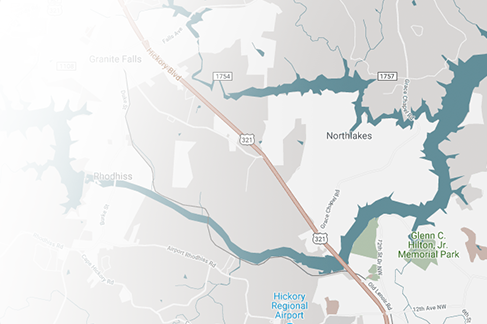The hands have a complex, delicate design — one built with 27 individual bones. With something that intricate, it is safe to say a lot can go wrong. There are a number of conditions that can cause this critical appendage to ache and throb. Here are some of the ones we see most at Prime Surgical Suites.
Carpal Tunnel Syndrome
In the U.S., up to three in every 1,000 people get a diagnosis of carpal tunnel syndrome for their hand pain each year. This condition results from a pinched nerve in a narrow passageway — the carpal tunnel — in the wrist.
Symptoms of carpal tunnel syndrome include:
- Tingling or numbness in the fingers or hand
- Weakness in the hand
- Pain or a burning sensation
For advanced cases, there may be muscle wasting in the palm. The wasting typically affects the muscles that control the thumb. When those muscles do not get sufficient stimulation, they lose mass and strength.
The treatment for carpal tunnel syndrome includes hand exercises and finger stretches first. The doctor may also prescribe medication and a splint that you wear at night. If conservative treatments fail, surgery can relieve the compression.
Cubital Tunnel Syndrome
Cubital tunnel syndrome also involves a pinched nerve. This time it is the ulnar nerve in the elbow. Pinching of this nerve can cause symptoms in the hand, such as:
- Pain
- Numbness
- Tingling
- Weak grip
You might also see muscle wasting with cubital tunnel syndrome. Treatment involves splinting to relieve the pressure on the nerve. If that fails, surgery can release the nerve to ease the symptoms.
Trigger Finger
People with a trigger finger have one finger frozen in a bent position. The exact cause of the trigger finger isn’t clear. It may relate to the irritation of the tendon sheath for that finger.
Symptoms of trigger finger include:
- Pain at the base of the finger or thumb
- A lump in the palm, usually at the base of the affected finger
- Pain in the hand
- Popping or clicking as you move the finger
- Finger catching in the bent position then freeing suddenly
- Finger locked in the bent position
Treatment for a trigger finger would include self-care measures like rest. The doctor may recommend exercises and medication, as well. Steroid injections may relieve the inflammation of the tendon attached to the finger.
In severe cases, surgery might be necessary if other treatment methods cannot provide relief. The surgery releases the A1 pulley and allows the finger to move again.
DeQuervain’s Syndrome
DeQuervain’s Syndrome affects the tendons on the thumb side of the hand. You may experience pain in your wrist if you try to grasp something or make a fist.
DeQuervain’s Syndrome is tendinitis due to repetitive movement, hormone changes, or inflammation, as you see with rheumatoid arthritis. Trauma can also cause DeQuervain’s Syndrome if there is a direct injury to the wrist or tendon. Scar tissue may form and restrict the movement of tendons.
Treatment involves medication to relieve the inflammation, immobilization of the wrist and thumb, and icing. The doctor will also recommend you avoid repetitive thumb movements when possible.
Surgery may be necessary for more serious cases. The surgeon will open the sheath on the tendon to release the pressure.
Osteoarthritis
Joints have cartilage that keeps the bones from rubbing together. When that cartilage deteriorates, the bones connect, causing pain and stiffness.
Symptoms of osteoarthritis in the hand include:
- Pain in the joints
- Stiffness that makes movement difficult
- Tenderness when you touch a joint
- Swelling
- Grating as the bones rub together
Treatment for osteoarthritis in the hand would include medications to reduce inflammation, physical therapy to improve movement, and cortisone injections to help relieve joint pain. There are also self-care measures that include exercise, hot and cold therapies, and a brace. Surgical corrections involve replacing the joint or realigning the bones.
When To See a Hand Surgeon
First, the hand surgeons will do a full evaluation. They won’t just look at the hand but the skin, veins, bones, joints, muscles, tendons, and nerves of the entire arm. Once they understand the problem, they can develop a care strategy that might include joint replacement or tendon repair. Hand surgeons can also repair nerves damaged because of an injury.
At Prime Surgical Suites, we provide state-of-the-art, cost-effective musculoskeletal surgical care in a convenient and comfortable outpatient setting for patients of all ages. Located in RiverCrest Medical Park, we are the region's first outpatient center focused exclusively on orthopedics. Our physician-led center will help restore your active lifestyle and well-being with compassion and orthopedic excellence.
.png?width=200&height=63&name=Prime%20Surgical%20Suites%20Logo-FINAL%20(REV_2_19).png)






